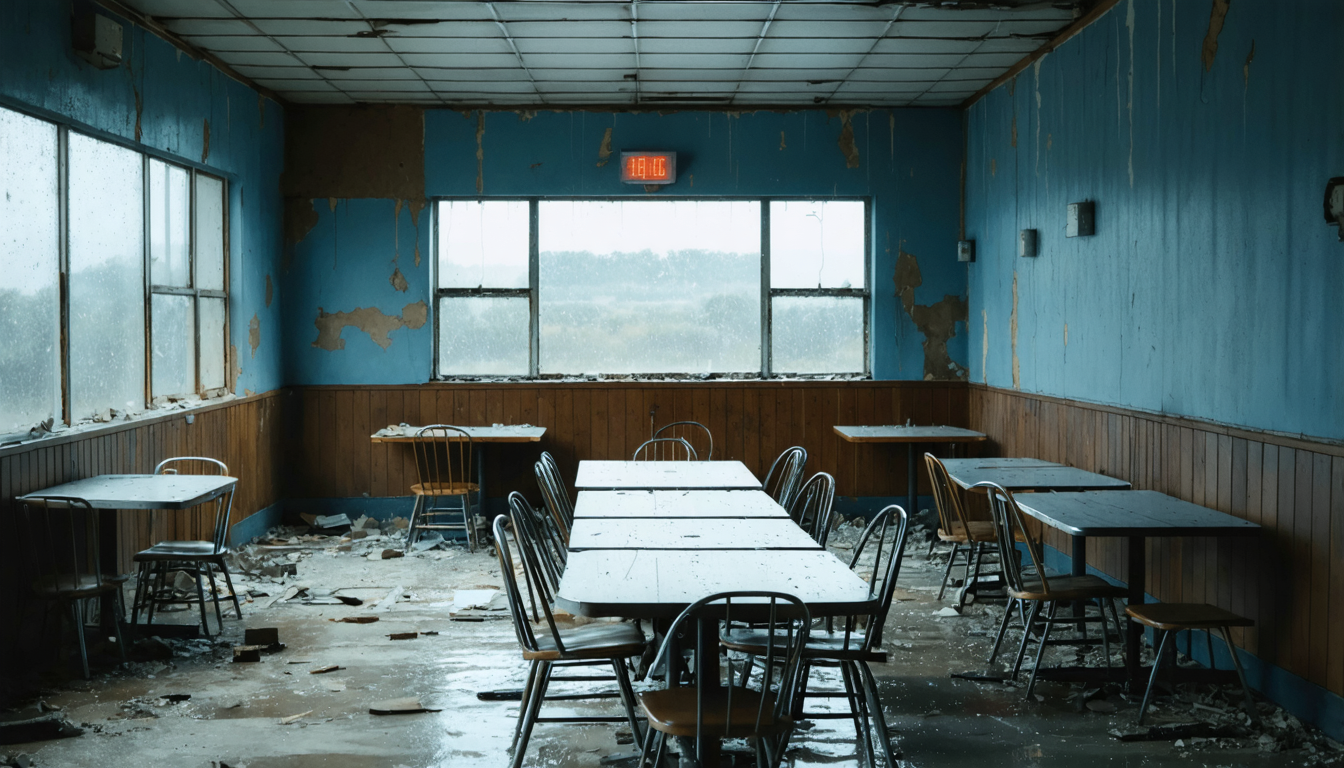- Understanding the Basics of Business Interruption Insurance
- Key Challenges Facing Restaurants During Crises
- How Business Interruption Insurance Protects Your Restaurant
- Real-Life Case Studies: Restaurants Overcoming Turbulence
- Evaluating Your Insurance Coverage Needs
- Best Practices for Crisis Management in the Restaurant Industry
- Navigating Policy Terms and Limitations
- The Impact of Unforeseen Disruptions on Daily Operations
- Planning Ahead: Strategies for Future Resilience
- Conclusion
1. Understanding the Basics of Business Interruption Insurance
Business interruption insurance is designed to cover lost income and operating expenses when a restaurant is forced to close or scale down due to an insured event, such as natural disasters, fires, or severe storms.
This coverage helps restaurant owners maintain a steady flow of income during recovery periods, covering ongoing expenses and preventing long-term financial losses. While policies differ, understanding your coverage is essential because it forms the backbone of financial resiliency in turbulent times.

2. Key Challenges Facing Restaurants During Crises
Restaurants are susceptible to a number of challenges during crises that threaten daily operations and overall sustainability. Disruptions such as severe weather events, pandemics, economic downturns, and even local community issues can lead to either temporary or long-lasting closures.
When crises hit, sudden drop in revenue makes it difficult to cover regular expenses, leaving little room for error.
3. How Business Interruption Insurance Protects Your Restaurant
Business interruption insurance offers a safety net when restaurants experience covered losses. By ensuring that revenue loss is mitigated, this insurance allows restaurant owners to focus on recovery rather than immediate financial distress. The policy provides critical funds that cover operational costs—such as salaries, utility bills, and rent—during periods when the restaurant cannot serve customers.

4. Real-Life Case Studies: Restaurants Overcoming Turbulence
History is replete with examples of restaurant owners who have successfully navigated crises with the help of business interruption insurance. Consider a popular neighborhood diner that was forced to close after a severe storm caused damage to its premises.
With business interruption coverage, the restaurant received enough funds to cover its operating expenses until repairs were completed. As a result, it retained its staff, maintained customer relationships, and eventually reopened stronger than ever before.
5. Evaluating Your Insurance Coverage Needs
Evaluating the coverage needs for your restaurant is a critical step toward safeguarding your business. The first step is to assess potential risks that your restaurant might face. Consider common threats such as natural disasters, accidents, and disease outbreaks.
Once these risks are identified, analyze whether your current policy adequately covers potential losses. This may include reviewing policy limits, deductible levels, and what constitutes a covered event.

6. Best Practices for Crisis Management in the Restaurant Industry
Beyond having robust insurance in place, restaurants should adopt best practices for crisis management. The first step is to develop a comprehensive crisis response plan.
This plan should clearly define roles and responsibilities for staff, outline communication protocols, and identify critical operational processes that must continue during a crisis. Frequent drills and regular updates to the plan ensure that the team is well-prepared for any sudden disruption.
7. Navigating Policy Terms and Limitations
Understanding every detail of your business interruption policy is essential to avoid surprises when filing a claim. Policy terms and limitations vary significantly between insurers, which makes it important to scrutinize the fine print.
Key aspects to examine include the specific triggers for coverage, the waiting period before payments begin, and the duration of the payout period.
8. The Impact of Unforeseen Disruptions on Daily Operations
Unforeseen disruptions, whether they are sudden weather events, unexpected regulatory changes, or widespread health concerns, have a profound effect on daily operations. When a restaurant cannot operate at full capacity, every day without revenue creates pressure and uncertainty.
Fixed costs such as leases, utilities, and payroll remain unchanged, which means even a short-term loss in revenue can quickly escalate into a long-term financial challenge.

9. Planning Ahead: Strategies for Future Resilience
Resilience in the restaurant industry is built on a foundation of proactive planning and risk management.
Even if your restaurant currently enjoys steady business, future crises can occur without warning. Therefore, it is essential to continuously update your risk assessments and crisis management strategies.

Conclusion
Business interruption insurance is more than just a safety net—it is an essential component of a restaurant’s long-term operational strategy. Understanding its basics, evaluating risks, and planning for both immediate recovery and future resilience can make the difference between continuing operations and permanent closure.
By taking a comprehensive approach to crisis management, restaurant owners can emerge stronger and more capable of managing unforeseen disruptions.
